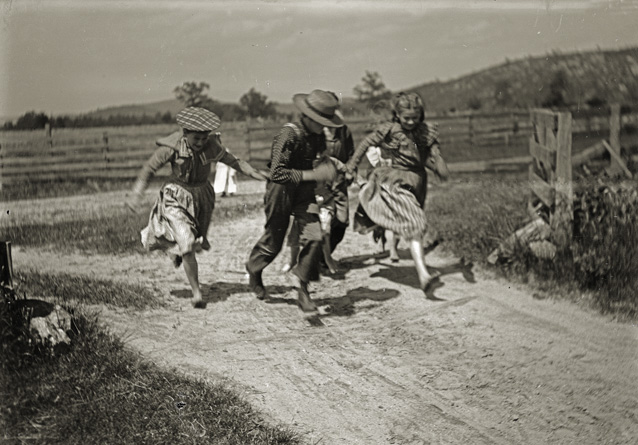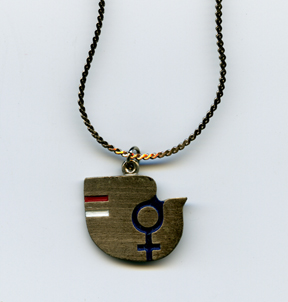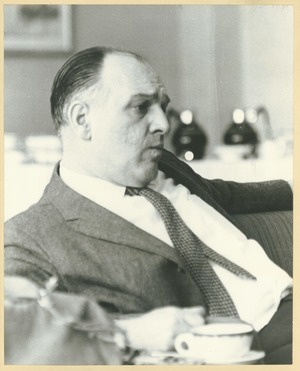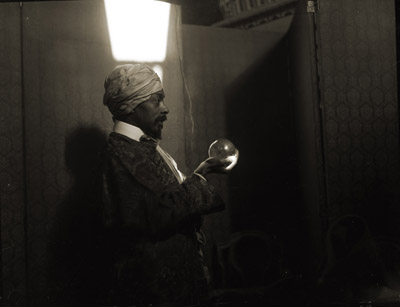Robert Coldwell Wood Papers
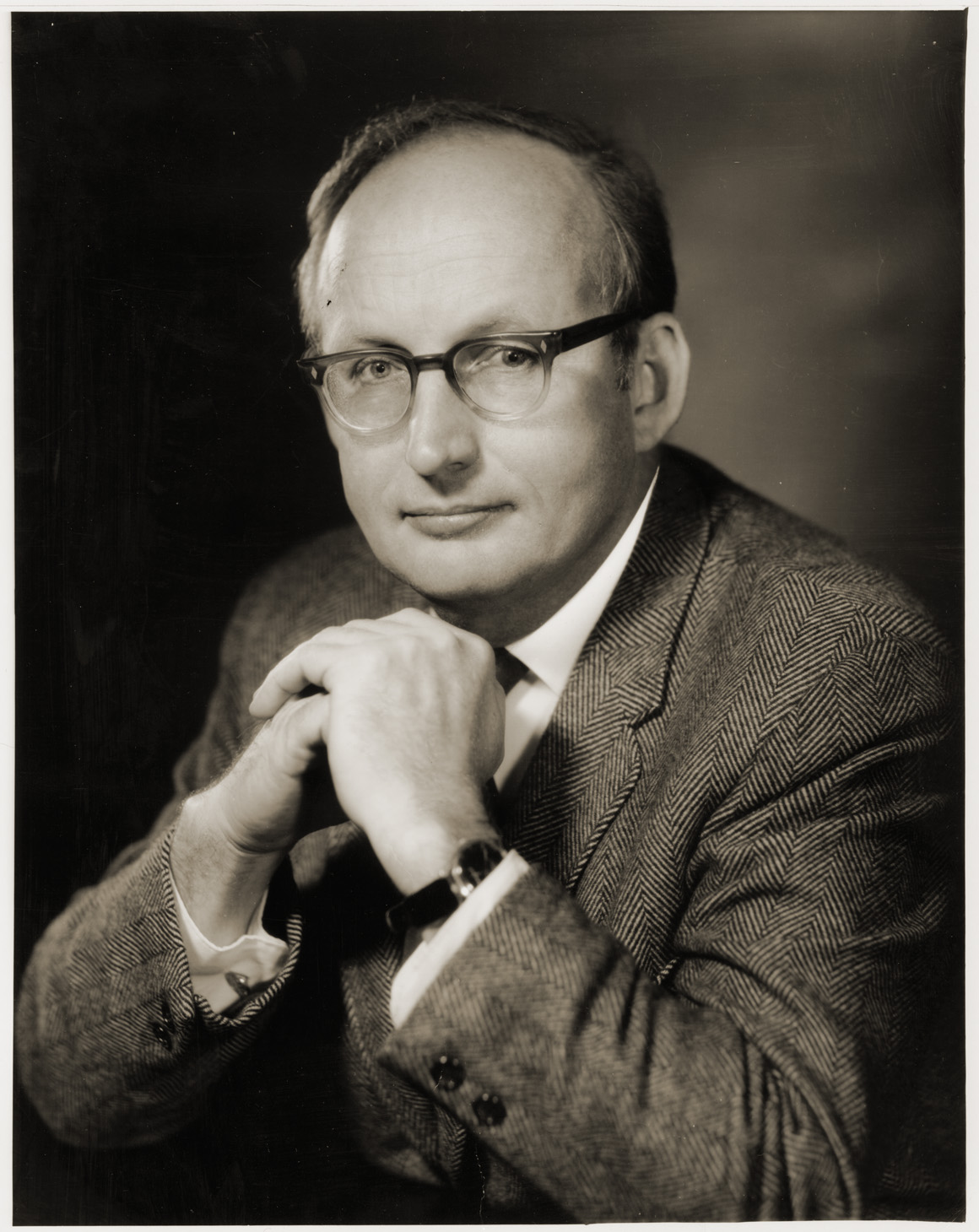
A distinguished political scientist, specialist on urban affairs, and advisor to two U.S. Presidents, Robert Coldwell Wood was named the first President of the new University of Massachusetts system. A graduate of Princeton and Harvard (PhD 1949), Wood built his academic reputation on the faculty at MIT. An advisor to John F. Kennedy on urban policy, he served in the Johnson administration as Under-Secretary, and briefly Secretary, of Housing and Urban Development before coming to UMass in 1970. His Presidency was marked by considerable turmoil as he navigated the reorganization of the university into a system of three campuses and as he struggled with discontent among students and faculty and conflict with the legislature. Wood died in April 2005 at the age of 81.
Although far from a comprehensive record, the Wood papers offer insight into the tumultuous tenure of Robert C. Wood as President of the University of Massachusetts, 1970-1977. The largest series in the collection (Series 2) consists of the central office files from Boston, including a fairly full record of outgoing correspondence, materials on staff and facilities at the various campuses, minutes of meetings and reports, and records of Wood’s numerous trips and lecture engagements while in office.

